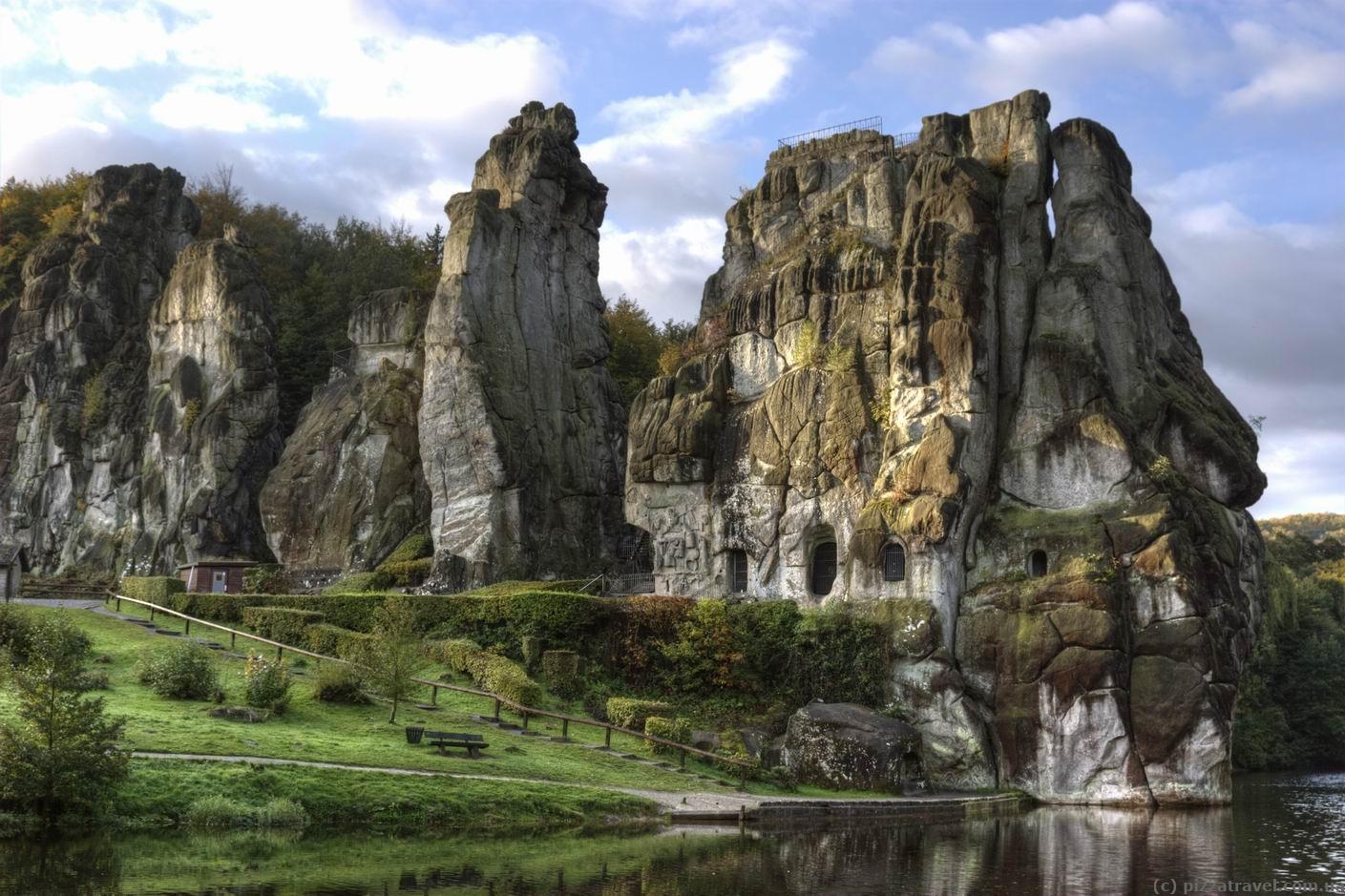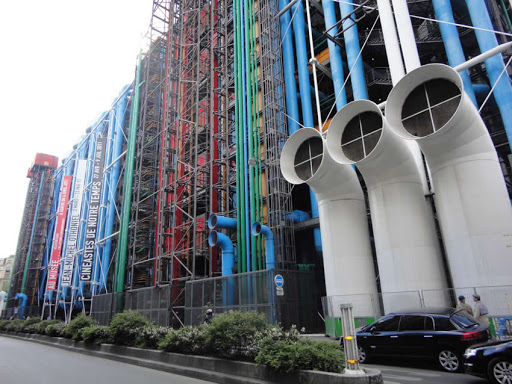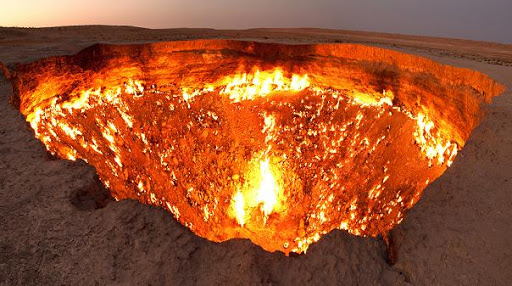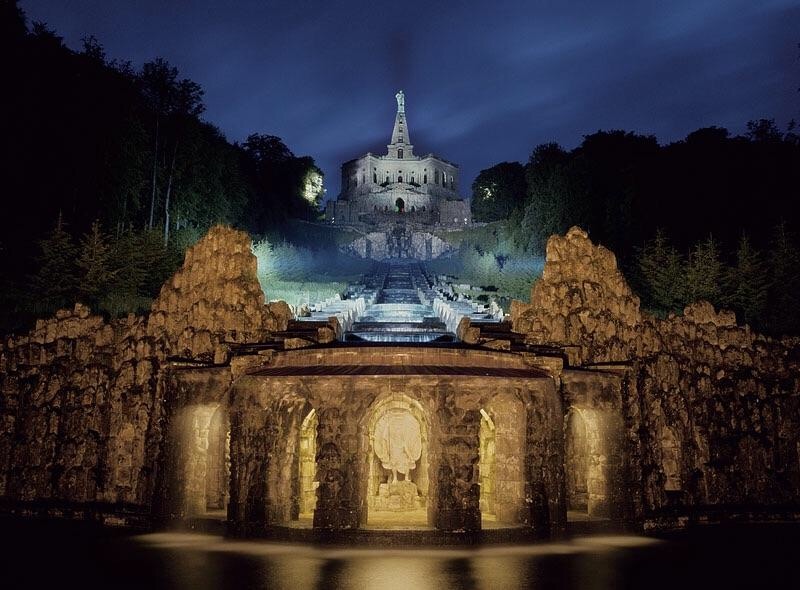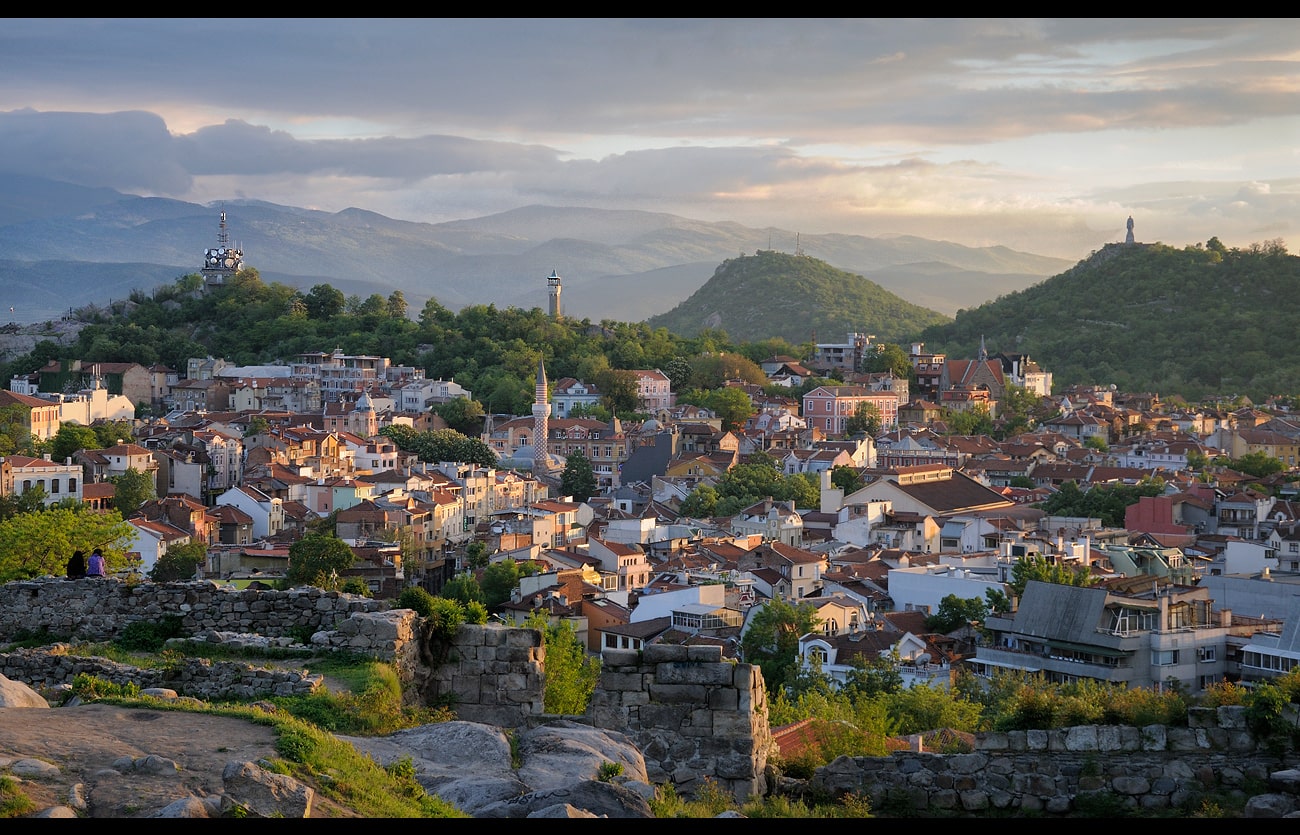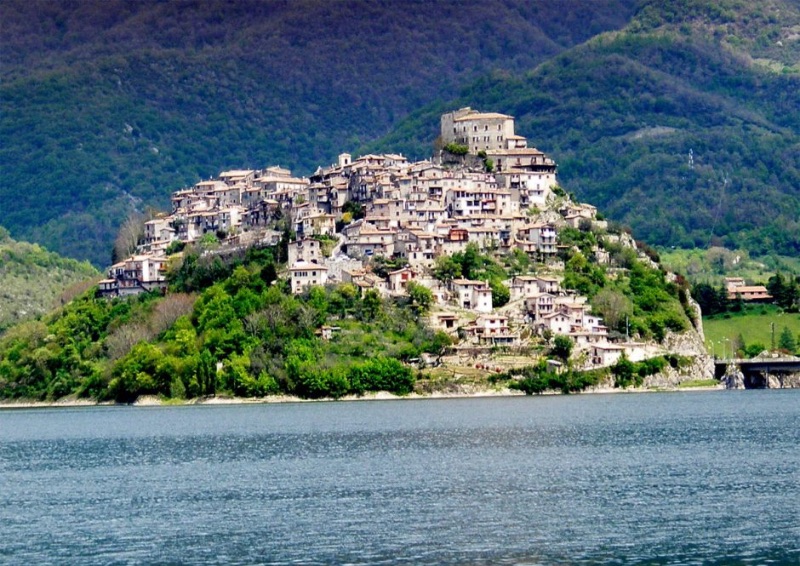Externsteine is a mysterious rock formation near Ostwestfalen-Lippe in northwest Germany. In an area that is largely void of massive stone structures, the uniqueness of these soaring columnar rocks is what makes them especially interesting. Many theories abound about this very interesting site located on the northeastern slope of the Teutoburger Wald, the place that the Romans were defeated by the Germans in 9 CE.
The formation of multiple free-standing stone pillars stretches for several hundred meters. In total, there are 13 stone structures. The etymology of the name Extern- is unclear (-steine meaning “stones” or “rocks”). The Latinized spelling with x is first recorded in the 16th century, but became common only in the late 19th century.
The oldest recorded forms of the name read Agistersten and Eggesterenstein, both dated 1093. Other forms of the name include Egesterenstein (12th century), Egestersteyn(1366), Egersteyne (1369), Egestersten (1385), Egesternsteyn (15th century), Eygesternsteyn (151), Externsteine (1533), Egesterennstein (1583), Agisterstein (1592).
In a popular tradition going back to an idea proposed to Hermann Hamelmann in 1564, the Externsteine are identified as a sacred site of the pagan Saxons, and the location of the Irminsul idol reportedly destroyed by Charlemagne.
One thing is for certain, from the very earliest times this place was a very sacred spot for many tribes. Archaeological excavations have yielded some Upper Paleolithic stone tools dating to about 10,700 BC from 9,600 BC. Beneath a rock overhang on rock VIII, microliths from the Ahrensburg culture such as arrow heads or blades were found. Evidence of fire sites was also found. Further adding to its sacred connection, Externstein is associated with archaeoastronomical speculation; a circular hole above the “altar stone” in the Höhenkammerhas been identified in this context as facing in the direction of sunrise at the time of summer solstice.
